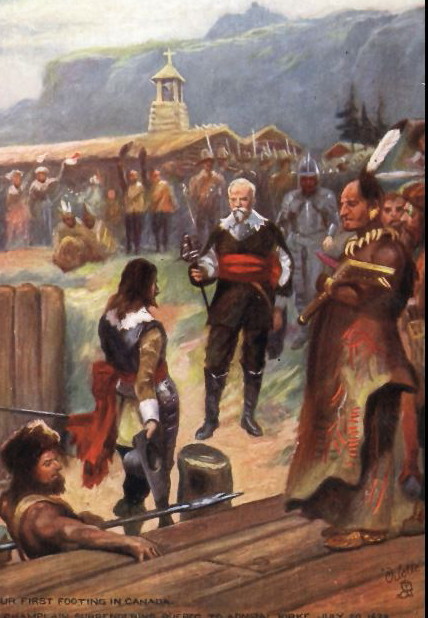Model Farmer:
Robert Reford and the Origins of Macdonald College in Ste-Anne-de-Bellevue
- Speaker: Alexander Reford
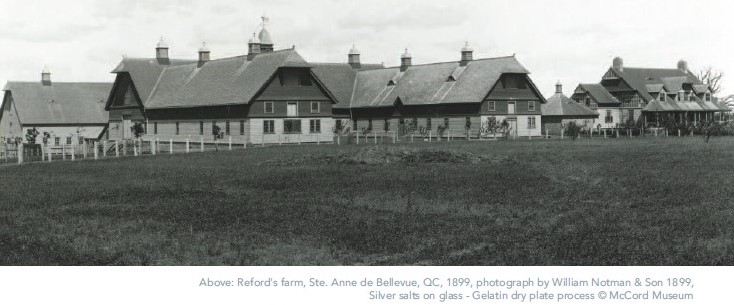
- When: Thursday 21 Feburary 2019, 7:30 p.m. to 9:00 p.m.
- Where: Centennial Hall,
- 288 boul. Beaconsfield, Beaconsfield, H9W 4A4
Lecture in English followed by a bilingual question period
The Reford family’s association with the Beaurepaire or Amable-Curot house at Thompson’s Point is known to members of the Société Historique Beaurepaire-Beaconsfield Historical Society. Less well-known is the role of Robert Reford in creating a model farm in nearby Ste-Anne-de-Bellevue, the basis of the present-day Macdonald Campus of McGill University.
Robert Reford was no farmer. But he was a prosperous Montreal entrepreneur. He was also the country’s leading exporter of live cattle to the United Kingdom. Beginning in 1891, he began to develop a model farm on the Crévier property he purchased north of Ste-Anne-de-Bellevue. He described the impressive complex of barns and outbuildings he built as “the best in Canada if not in America”. Journalists of the time agreed. The farm was also a showcase for a herd of prize-winning Ayrshire dairy cattle imported from Scotland, assembled by one of the best stockmen in the country. Thinking the property ideally suited to become one of the Dominion’s experimental farms, he convinced tobacco magnate Sir William Macdonald to make the farm a key component of his zealous efforts to promote modern agriculture and rural education.
These few acres help illuminate a time and a period. Sifting through family archives and agricultural records, Alexander Reford has assembled the story of the trials and tribulations of his ancestor’s efforts to create one continent’s leading model farms.
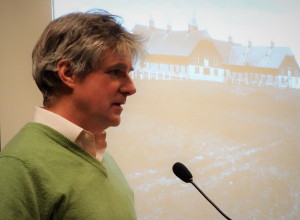
- Des jardins oubliés 1860-1960,
- Guidebook to the Reford Gardens,
- Au rythme du train 1859-1970,
- Elsie’s Paradise – Reford Gardens,
- Treasures of Reford Gardens - Elsie Reford’s Floral Legacy,
- The Metis Lighthouse.
Recently, Mr. Reford produced the exhibition War Flowers / Fleurs d'armes, on display at the Château Ramezay - Historic Site and Museum of Montréal in Old Montréal from October 2018 to March, 2019.
===============================================
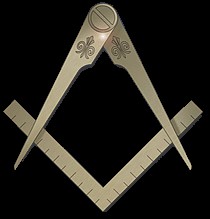
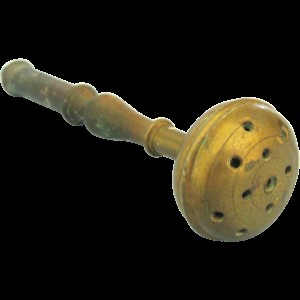 The spirit of the 18th-Century Enlightenment joined the first settlers from Europe to populate New France. Bearing this spirit, Freemasonry, organized as a Grand Lodge in London as soon as 1717 and introduced in France around 1725, settles quickly in North America. But here, it will immediately have to fight for the freedom of thought, facing an intolerant Catholic Church. The speaker will describe this journey and answer the questions that haunt everyone and that nobody dares to ask.
The spirit of the 18th-Century Enlightenment joined the first settlers from Europe to populate New France. Bearing this spirit, Freemasonry, organized as a Grand Lodge in London as soon as 1717 and introduced in France around 1725, settles quickly in North America. But here, it will immediately have to fight for the freedom of thought, facing an intolerant Catholic Church. The speaker will describe this journey and answer the questions that haunt everyone and that nobody dares to ask.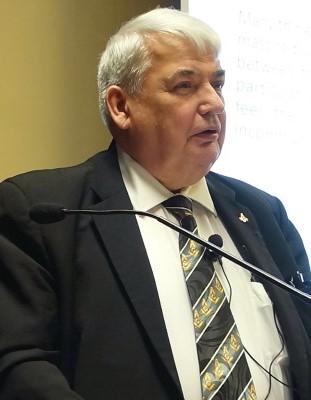 Jacques G. Ruelland, Ph.D., professor (retired), Department of Philosophy, Collège Édouard-Montpetit; Department of History, Université de Montréal; authored 48 books. In Freemasonry: 33rd Degree; PDDGM (Montreal District 4, GLQ); PGSec (GLQ); currently: GSec AASR of Canada, Valley of Montreal, and Librarian, GLQ.
Jacques G. Ruelland, Ph.D., professor (retired), Department of Philosophy, Collège Édouard-Montpetit; Department of History, Université de Montréal; authored 48 books. In Freemasonry: 33rd Degree; PDDGM (Montreal District 4, GLQ); PGSec (GLQ); currently: GSec AASR of Canada, Valley of Montreal, and Librarian, GLQ.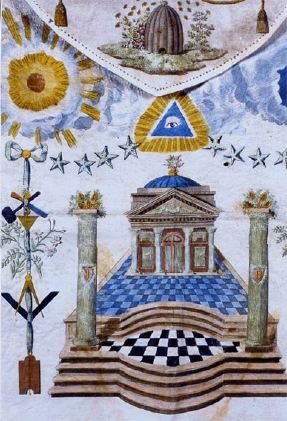
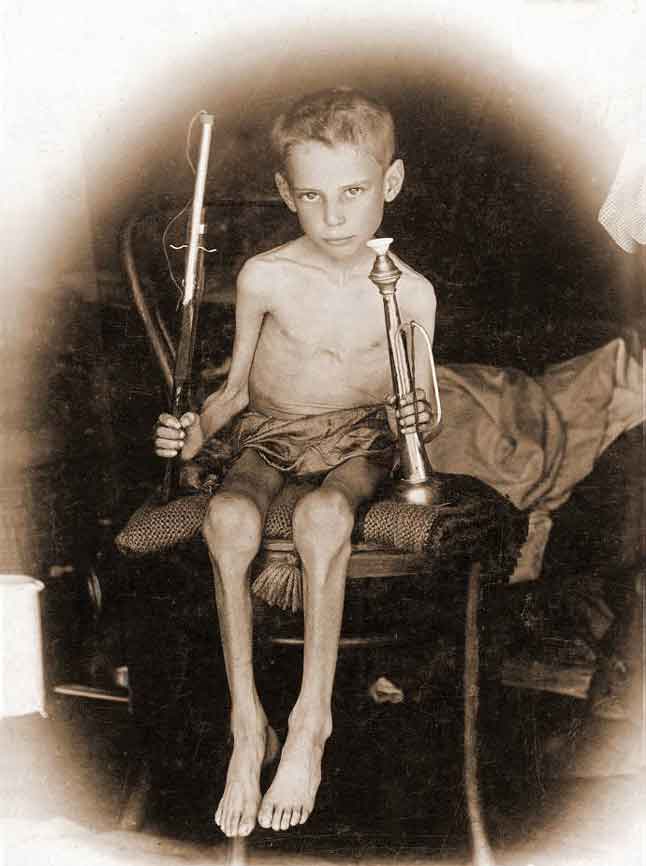 In 1899 the South African Boer War begins between the British Empire and the Boers of the Transvaal and Orange Free State. The Boers, also known as Afrikaners, were the descendants of the original Dutch settlers of southern Africa. Britain took possession of the Dutch Cape colony in 1806 during the Napoleonic wars, sparking resistance from the independence-minded Boers, who resented the Anglicization of South Africa and Britain’s anti-slavery policies. In 1833, the Boers began an exodus into African tribal territory, where they founded the republics of the Transvaal and the Orange Free State. The two new republics lived peaceably with their British neighbours until 1867, when the discovery of diamonds and gold in the region made conflict between the Boer states and Britain inevitable. Minor fighting with Britain began for the second time in the 1890s, and in October 1899 full-scale war ensued. By mid-June 1900, British forces had captured most major Boer cities and formally annexed their territories, but the Boers launched a guerrilla war that frustrated the British occupiers. Beginning in 1901, the British began a strategy of systematically searching out and destroying these guerrilla units, while herding the families of the Boer soldiers into concentration camps. By 1902, the British had crushed the Boer resistance, and on May 31 of that year the Peace of Vereeniging was signed, ending hostilities. The treaty recognized the British military administration over Transvaal and the Orange Free State and authorized a general amnesty for Boer forces. In 1910, the autonomous Union of South Africa was established by the British. It included Transvaal, the Orange Free State, the Cape of Good Hope, and Natal as provinces.
In 1899 the South African Boer War begins between the British Empire and the Boers of the Transvaal and Orange Free State. The Boers, also known as Afrikaners, were the descendants of the original Dutch settlers of southern Africa. Britain took possession of the Dutch Cape colony in 1806 during the Napoleonic wars, sparking resistance from the independence-minded Boers, who resented the Anglicization of South Africa and Britain’s anti-slavery policies. In 1833, the Boers began an exodus into African tribal territory, where they founded the republics of the Transvaal and the Orange Free State. The two new republics lived peaceably with their British neighbours until 1867, when the discovery of diamonds and gold in the region made conflict between the Boer states and Britain inevitable. Minor fighting with Britain began for the second time in the 1890s, and in October 1899 full-scale war ensued. By mid-June 1900, British forces had captured most major Boer cities and formally annexed their territories, but the Boers launched a guerrilla war that frustrated the British occupiers. Beginning in 1901, the British began a strategy of systematically searching out and destroying these guerrilla units, while herding the families of the Boer soldiers into concentration camps. By 1902, the British had crushed the Boer resistance, and on May 31 of that year the Peace of Vereeniging was signed, ending hostilities. The treaty recognized the British military administration over Transvaal and the Orange Free State and authorized a general amnesty for Boer forces. In 1910, the autonomous Union of South Africa was established by the British. It included Transvaal, the Orange Free State, the Cape of Good Hope, and Natal as provinces.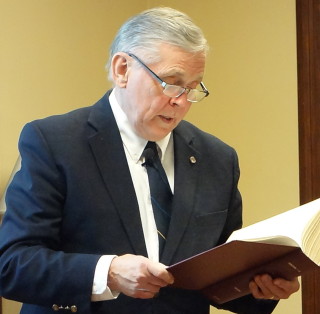 James (Jim) Vanstone was born and raised in Windsor, Ontario. While majoring in History and Philosophy at the University of Windsor, Jim was elected President of the history society called the Lord Acton Club. Graduating with an Honours B.A. and the University’s gold medal in history Jim went to Queen’s University in Kingston, Ontario majoring in “Imperial”, now more popularly called Third World history. He obtained his M.A. (1967) and Ph.D. (1974) from Queen’s. Doing research for his Ph.D. in Southern Africa (1969-1970) Jim spent a year in Africa. Returning to Queen’s, Jim taught Imperial History for one year before going to John Abbott College in Ste. Anne de Bellevue in 1972 where he taught history for 45 years until he retired in 2017. Jim was elected member of the Academic Council of John Abbott College (1974-2017), Chairperson of the Faculty Professional Development Committee (1975-2017), on the college’s Board of Governors (1979-1985), served on the Academic Programs Coordinating Committee, as well as being involved over the years in the United Church of Canada. Jim is also member of the Board of Governors of the United Theological College of McGill University and is currently the Chair of the Montreal School of Theology of McGill University.
James (Jim) Vanstone was born and raised in Windsor, Ontario. While majoring in History and Philosophy at the University of Windsor, Jim was elected President of the history society called the Lord Acton Club. Graduating with an Honours B.A. and the University’s gold medal in history Jim went to Queen’s University in Kingston, Ontario majoring in “Imperial”, now more popularly called Third World history. He obtained his M.A. (1967) and Ph.D. (1974) from Queen’s. Doing research for his Ph.D. in Southern Africa (1969-1970) Jim spent a year in Africa. Returning to Queen’s, Jim taught Imperial History for one year before going to John Abbott College in Ste. Anne de Bellevue in 1972 where he taught history for 45 years until he retired in 2017. Jim was elected member of the Academic Council of John Abbott College (1974-2017), Chairperson of the Faculty Professional Development Committee (1975-2017), on the college’s Board of Governors (1979-1985), served on the Academic Programs Coordinating Committee, as well as being involved over the years in the United Church of Canada. Jim is also member of the Board of Governors of the United Theological College of McGill University and is currently the Chair of the Montreal School of Theology of McGill University.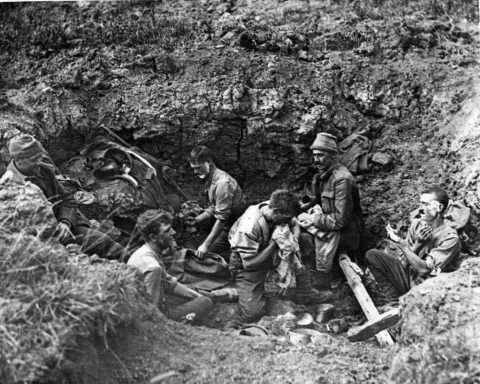
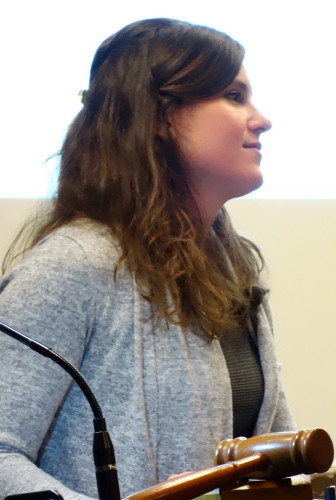
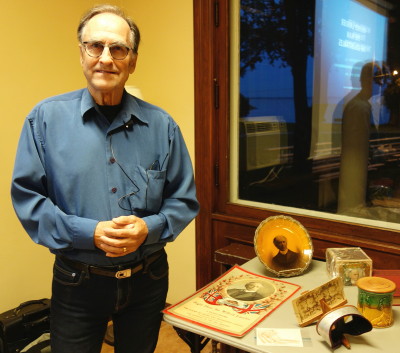
 Wilfrid Laurier (1841-1919) has been leader of the Liberal Party of Canada for over 30 years and Prime Minister of Canada for 15 consecutive years (1896-1911). Very popular during his lifetime as well as after his death, Laurier remains one of the most admired Canadian statesmen. Not surprisingly, there are more memorabilia (collectables) related to Laurier than to the other Prime Ministers all together. This lecture will describe some Laurier collectables: painting, photographs, furniture, ceramic plates, glassware, tobacco items, books and so forth, connecting them to special events in the life of Laurier.
Wilfrid Laurier (1841-1919) has been leader of the Liberal Party of Canada for over 30 years and Prime Minister of Canada for 15 consecutive years (1896-1911). Very popular during his lifetime as well as after his death, Laurier remains one of the most admired Canadian statesmen. Not surprisingly, there are more memorabilia (collectables) related to Laurier than to the other Prime Ministers all together. This lecture will describe some Laurier collectables: painting, photographs, furniture, ceramic plates, glassware, tobacco items, books and so forth, connecting them to special events in the life of Laurier.

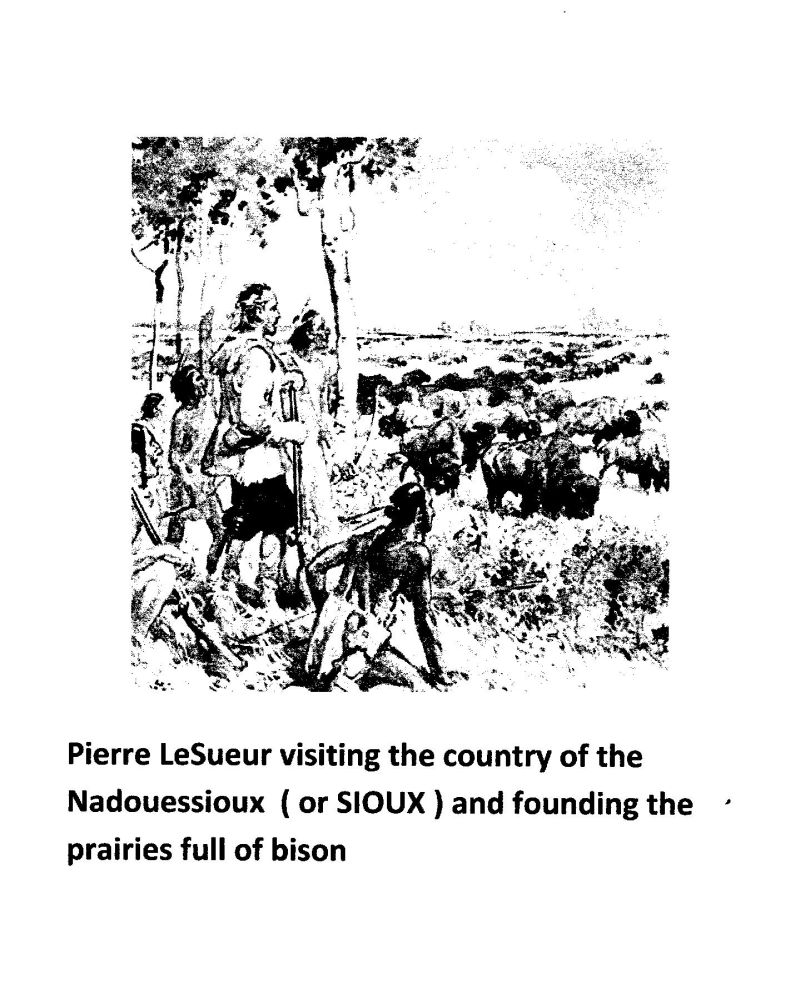 Pierre LeSueur, coureur des bois, explorer and trader, decided to migrate to Louisiana and to establish his family in the Biloxi area, a new French fort on the Golf of Mexico. He travelled by sea on a boat called the Pélican from France to the Caribbean’s. First stop in Saint-Domingue (Haiti), then in Cuba.
Pierre LeSueur, coureur des bois, explorer and trader, decided to migrate to Louisiana and to establish his family in the Biloxi area, a new French fort on the Golf of Mexico. He travelled by sea on a boat called the Pélican from France to the Caribbean’s. First stop in Saint-Domingue (Haiti), then in Cuba.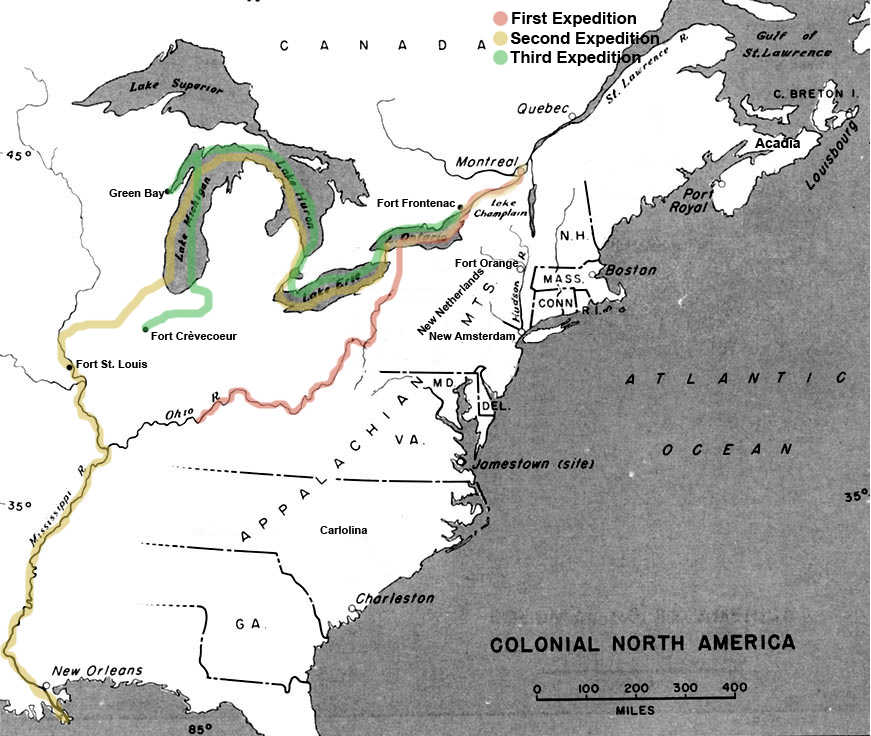
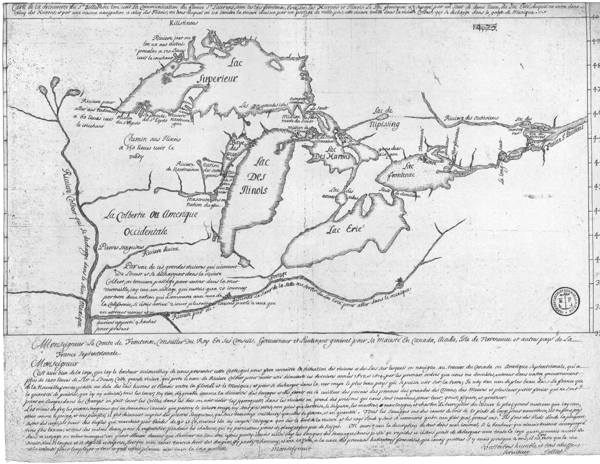
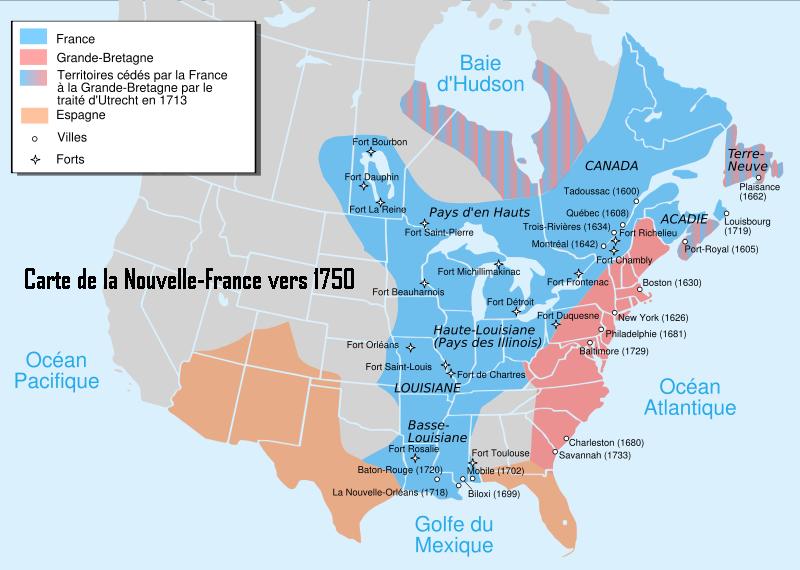
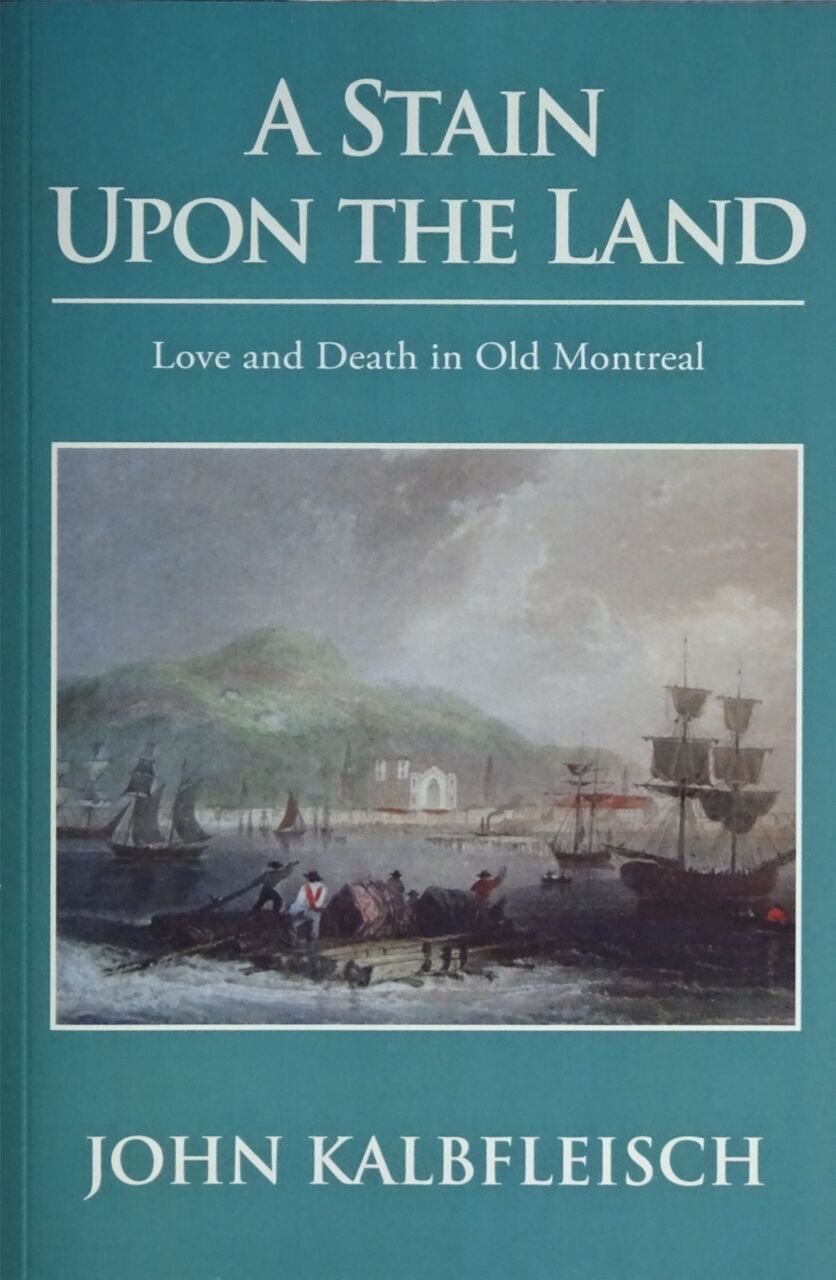
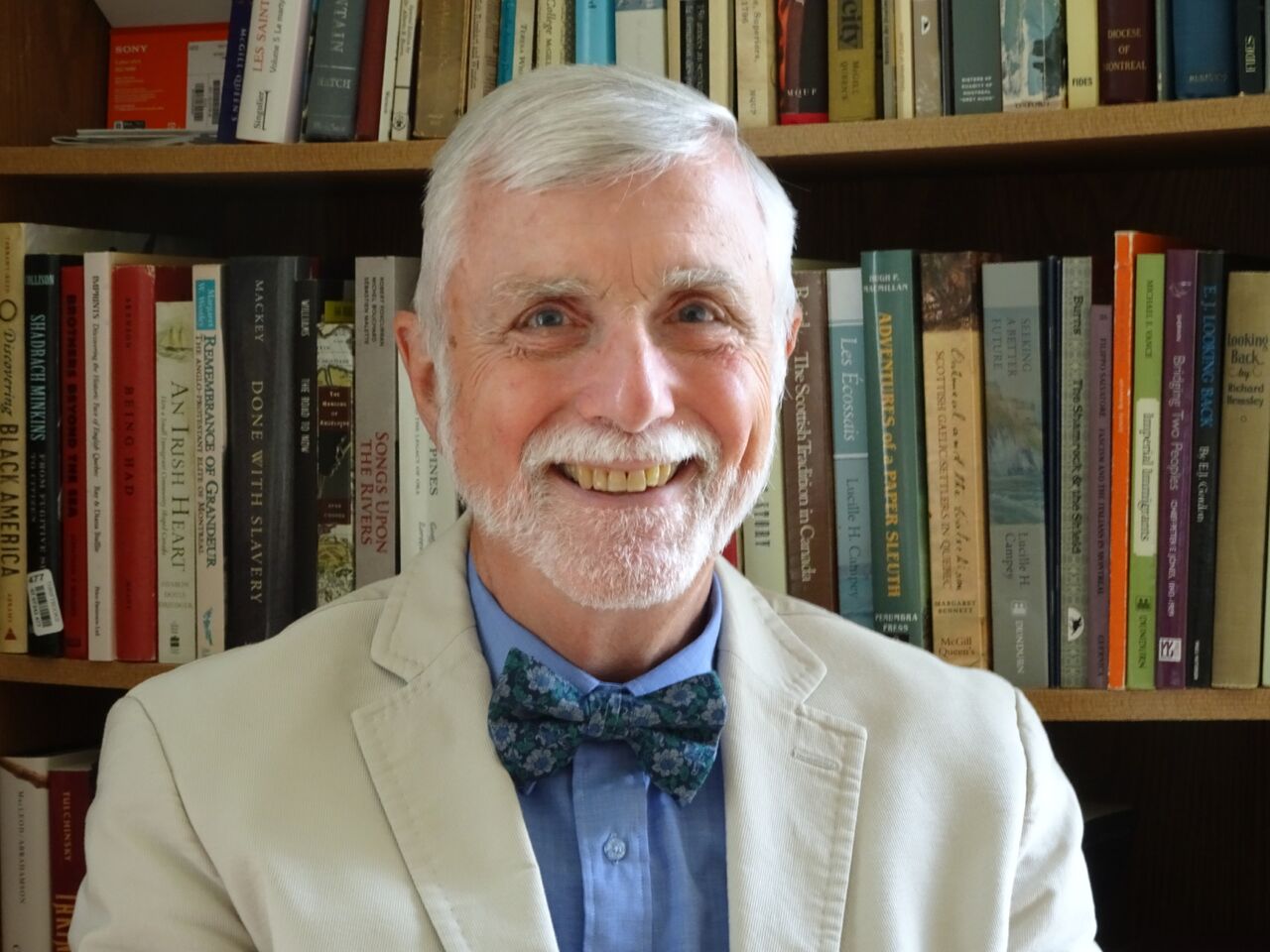 Longtime Montreal Gazette journalist John Kalbfleisch began writing a regular column on the city’s history for the newspaper in 2000. His novel A Stain Upon the Land was published in June 2017. He is also the author of Le cadeau royal: Histoire de la ville de Mont-Royal / The Royal Gift: a History of Town of Mount Royal (2013) and This Island In Time: Remarkable Tales from Montreal’s Past (Véhicule Press, 2008), and is the co-author of Montreal’s Century: a Record of the News and People Who Shaped the City in the 20th Century (Trécarré, 1999).
Longtime Montreal Gazette journalist John Kalbfleisch began writing a regular column on the city’s history for the newspaper in 2000. His novel A Stain Upon the Land was published in June 2017. He is also the author of Le cadeau royal: Histoire de la ville de Mont-Royal / The Royal Gift: a History of Town of Mount Royal (2013) and This Island In Time: Remarkable Tales from Montreal’s Past (Véhicule Press, 2008), and is the co-author of Montreal’s Century: a Record of the News and People Who Shaped the City in the 20th Century (Trécarré, 1999).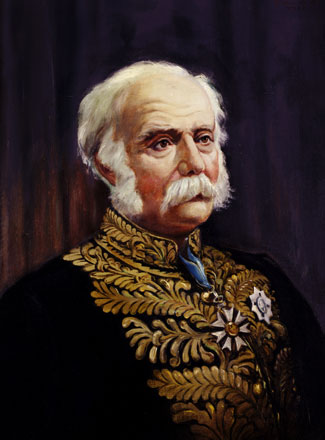
 First, Jean-Pierre Raymond will talk about "Sir Henri-Gustave Joly de Lotbinière", first leader of the Quebec Liberal Party 150 years ago and first Prime Minister of the Quebec Liberal Party in 1878-79. He is a descendant of the two engineers Michel Chartier de Lotbinière and Gaspard-Joseph Chaussegros de Léry. He is the father of two engineers who will be generals in the First World War and his four daughters married engineers one of which will be general. He is also the father of sustainable development in forestry.
First, Jean-Pierre Raymond will talk about "Sir Henri-Gustave Joly de Lotbinière", first leader of the Quebec Liberal Party 150 years ago and first Prime Minister of the Quebec Liberal Party in 1878-79. He is a descendant of the two engineers Michel Chartier de Lotbinière and Gaspard-Joseph Chaussegros de Léry. He is the father of two engineers who will be generals in the First World War and his four daughters married engineers one of which will be general. He is also the father of sustainable development in forestry.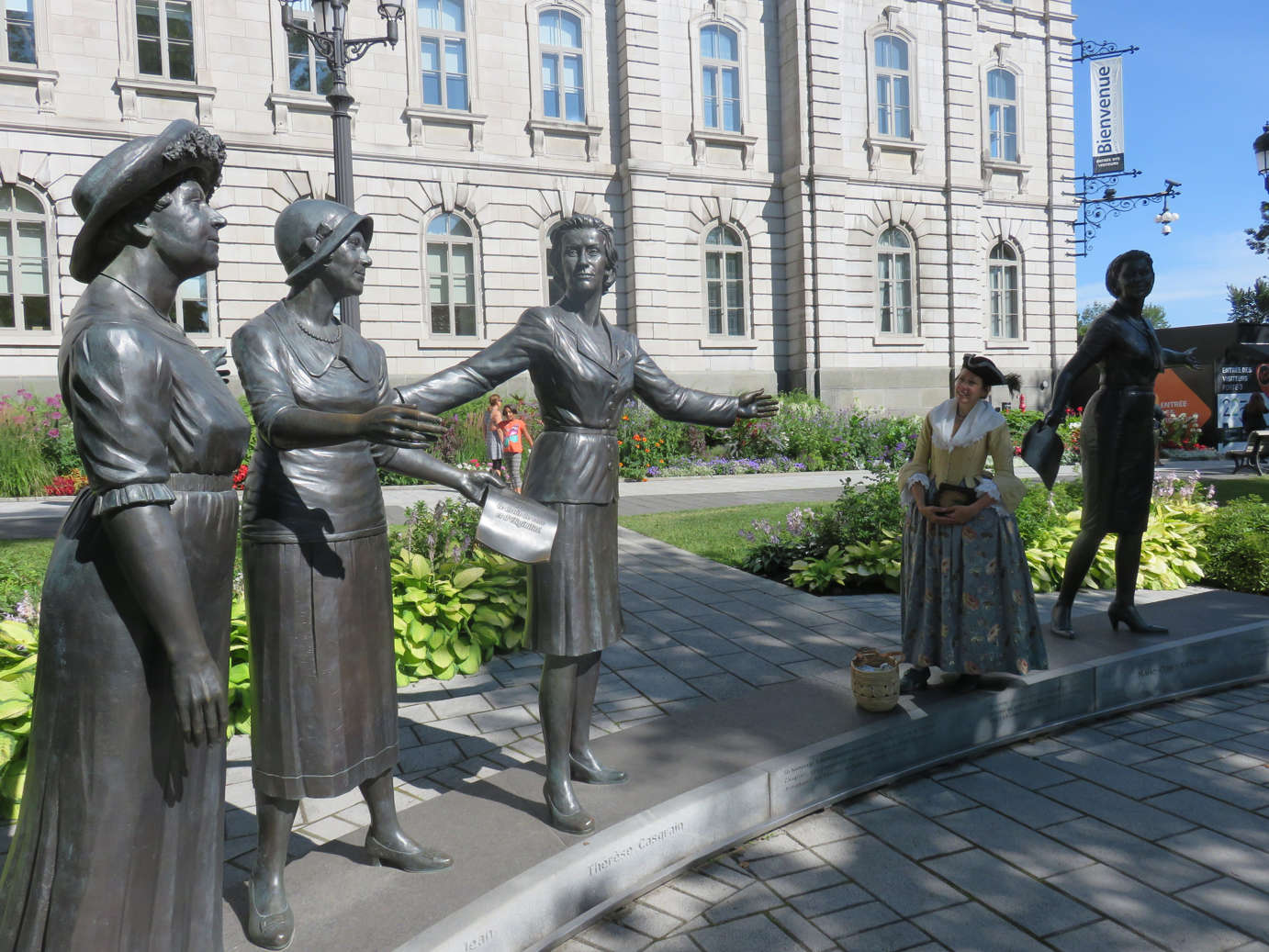 Following this, Andrée Aubut will commemorate the 100th anniversary of women's right to vote in Canada with a presentation entitled "Women's Rights in Lower Canada", recalling that women have already had the right to vote in Lower Canada between 1791 and 1849. She will explain how women like Louise-Magdeleine Chaussegros de Léry, her daughter-in-law Mary-Charlotte Munro de Fowlis and her granddaughter Julie-Christine Chartier de Lotbinière benefited from the peculiarities of the French law known as Coutume de Paris enshrined in the Act of Quebec for the second version of the province of Quebec (1774). Julie-Christine is the mother of Henri-Gustave.
Following this, Andrée Aubut will commemorate the 100th anniversary of women's right to vote in Canada with a presentation entitled "Women's Rights in Lower Canada", recalling that women have already had the right to vote in Lower Canada between 1791 and 1849. She will explain how women like Louise-Magdeleine Chaussegros de Léry, her daughter-in-law Mary-Charlotte Munro de Fowlis and her granddaughter Julie-Christine Chartier de Lotbinière benefited from the peculiarities of the French law known as Coutume de Paris enshrined in the Act of Quebec for the second version of the province of Quebec (1774). Julie-Christine is the mother of Henri-Gustave.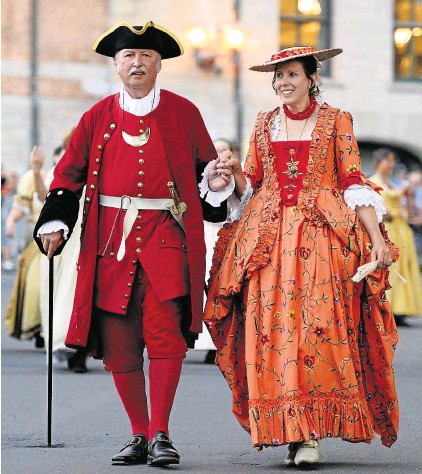 The two personifies in period costumes historical figures like the couples Gaspard-Joseph Chaussegros de Léry and Marie-Renée Legardeur de Beauvais, Michel Chartier de Lotbinière and Louise-Magdeleine Chaussegros de Léry, Ralph-Henri Bruyère and Janet Dunbar and finally Henri-Gustave Joly and Margharetta-Josepha Gowen.
The two personifies in period costumes historical figures like the couples Gaspard-Joseph Chaussegros de Léry and Marie-Renée Legardeur de Beauvais, Michel Chartier de Lotbinière and Louise-Magdeleine Chaussegros de Léry, Ralph-Henri Bruyère and Janet Dunbar and finally Henri-Gustave Joly and Margharetta-Josepha Gowen.